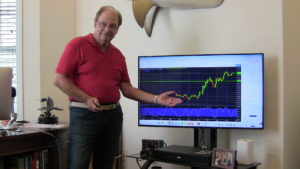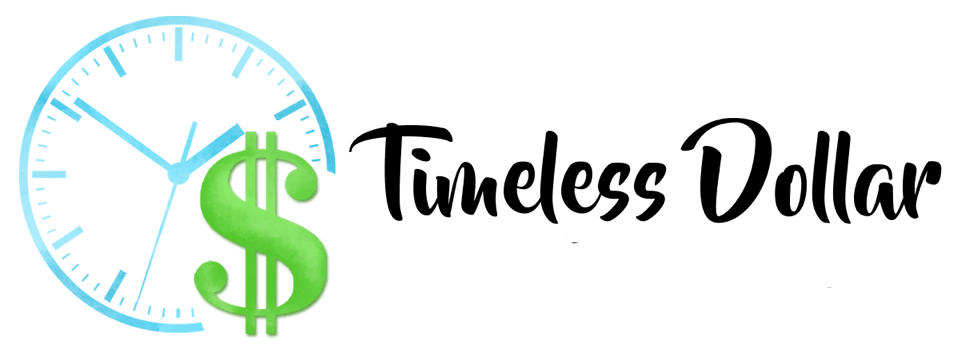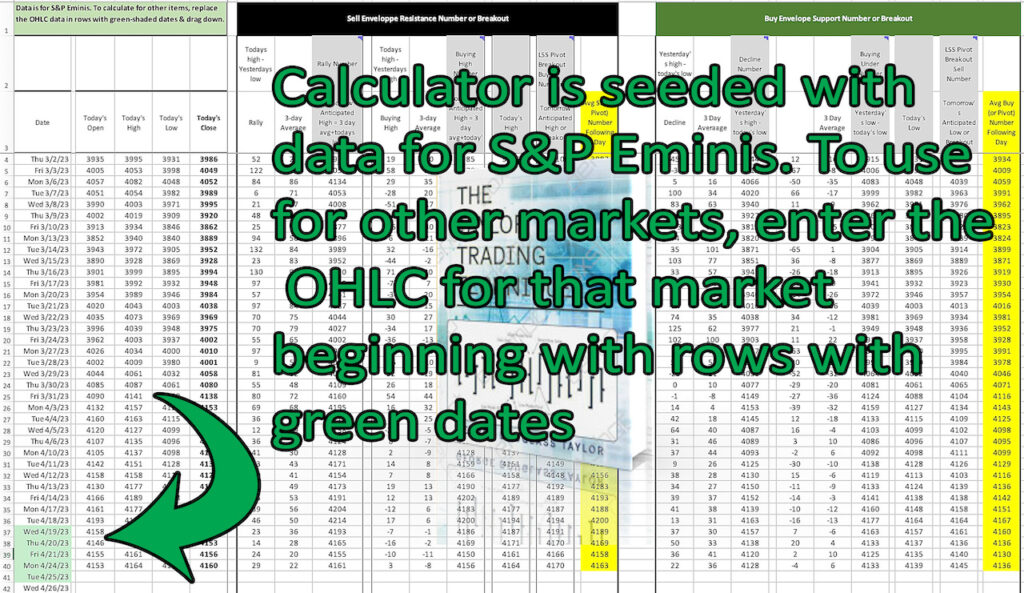How to Trade S&P Futures Like The Pros
Day traders have always wanted to know how to trade S&P futures like the pros
Day traders have always wanted to know how to trade S&P futures like the pros. Many day traders imagine how much money they could make trading S&P futures if they had the perfect system that produced consistent profits – just like the pros. What the pros know, but they don’t, is that It doesn’t exist, or at least the PERFECT system doesn’t exist.
Although the perfect trading system doesn’t exist, an imperfect system does, in fact, exist. It’s imperfect because it’s not perfect, but it’s as close to perfection as can be found in a trading system. This system (which it really isn’t), is based, as in the study of medicine, on anatomy. In this case, I’m referring to the anatomy of the market. Can the market have an anatomy? What is this mysterious anatomy? NUMBERS.
 The market is simply NUMBERS. The market opens at a number, goes from that number to another number, up from one number, down to another, and where does it end up at the end of the day? At a number! So what about it? The numbers can be MEASURED. How much does it go up from a low to a high? How much does it fall from a high to a low? That’s what the pros know, and that’s how to trade S&P futures like the pros. It’s about measuring the numbers, and specifically, the distance that the numbers travel. And here’s the thing: almost every trader thinks in terms of a high or a low, but that’s not how the pro’s think about the market.
The market is simply NUMBERS. The market opens at a number, goes from that number to another number, up from one number, down to another, and where does it end up at the end of the day? At a number! So what about it? The numbers can be MEASURED. How much does it go up from a low to a high? How much does it fall from a high to a low? That’s what the pros know, and that’s how to trade S&P futures like the pros. It’s about measuring the numbers, and specifically, the distance that the numbers travel. And here’s the thing: almost every trader thinks in terms of a high or a low, but that’s not how the pro’s think about the market.
The pros think in terms of distance; the distance the market goes from highs to lows and lows to highs. And that comes down to knowing about the TRADING ZONE. Is that it? Is the trading zone the perfect system? NO. There is no perfect system. The trading zone is, rather, an imperfect system. To make it perfect requires some daily observation on the trader’s part, and that’s how to trade S&P futures like the pros. This video explains it. Serious traders will no doubt see the market in a different perspective after viewing. Others will be confused, but this is how to trade the market like the pros instead of chasing it to scalp a few points or ticks.
Anyone who wants to learn how to day trade S&P emini futures needs to have as much information as possible in order to help determine where to place a trade. Trading is not easy to do because it is impossible to know the future with any degree of certainty. But the market does give off signals and a wise trader needs to know how to interpret the signals. Market prices seem to move erratically, but with enough information, trading S&P emini futures can be done with a greater assurance of success. An S&P emini futures trader who has Information about market signals and knows how to use them makes knowledgeable traders much more successful than others who use “seat of the pants” method.
Some of the information that S&P emini futures traders should have are:
- The Trend
- The Intraday and / or Low
- The Calculated Trading Zone via Taylor’s Book Method
- The daily calculated range
- Support and resistance levels
- Stochastics
- Candlestick patterns
These are some of the bits and pieces of information every trader needs to have in order to assess a trade. Of course, that is not to say that even with all this information a trade will work out, but having this knowledge puts the odds of success more on the trader’s side.
Having as much information as possible gives S&P emini day traders a big advantage over “seat of the pants” traders. It cannot be stressed enough that without learning as much as possible about the market, it is highly unlikely that a trader will succeed at making money by day trading S&P emini futures, much less in a trading career.
Subscribe to my mailing list to receive information about S&P emini day trading. Subscribe using this form.



